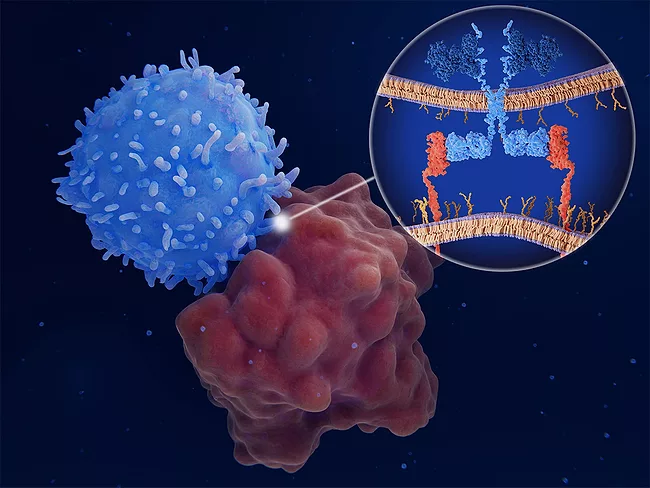
- BioWorld
- BioWorld MedTech
- BioWorld Asia
- BioWorld Science
- Data Snapshots
- Special reports
- Infographics: Dynamic digital data analysis
- Trump administration impacts
- Biopharma M&A scorecard
- BioWorld 2024 review
- BioWorld MedTech 2024 review
- BioWorld Science 2024 review
- Women's health
- China's GLP-1 landscape
- PFA re-energizes afib market
- China CAR T
- Alzheimer's disease
- Coronavirus
- More reports can be found here
ARTICLES
Cancer
New pathway for transcription suggests new target for MYC-driven tumors
July 25, 2023
Gastrointestinal
Human organ atlas maps healthy and diseased tissues at the cellular level
July 20, 2023
Drug Design, Drug Delivery & Technologies
Even personalized drugs could benefit multiple patients
July 18, 2023
Cancer
CAR T cells that persist after treatment with leukemia develop a genetic mark
July 14, 2023
Drug Design, Drug Delivery & Technologies
Synthetic antibiotics pack multiple punches against gram-positive bacteria
July 13, 2023
Endocrine/Metabolic
Genetics explain link between type 2 diabetes and osteoarthritis
July 12, 2023
Neurology/Psychiatric
Two mutations acquired during development could cause schizophrenia in adulthood
July 7, 2023
- BioWorld
- BioWorld MedTech
- BioWorld Asia
- BioWorld Science
- Data Snapshots
- Special reports
- Infographics: Dynamic digital data analysis
- Trump administration impacts
- Biopharma M&A scorecard
- BioWorld 2024 review
- BioWorld MedTech 2024 review
- BioWorld Science 2024 review
- Women's health
- China's GLP-1 landscape
- PFA re-energizes afib market
- China CAR T
- Alzheimer's disease
- Coronavirus
- More reports can be found here







